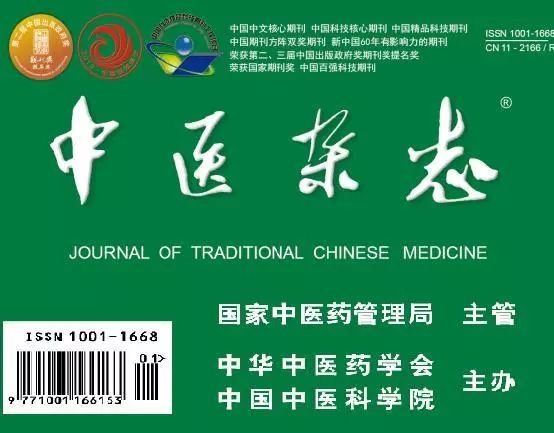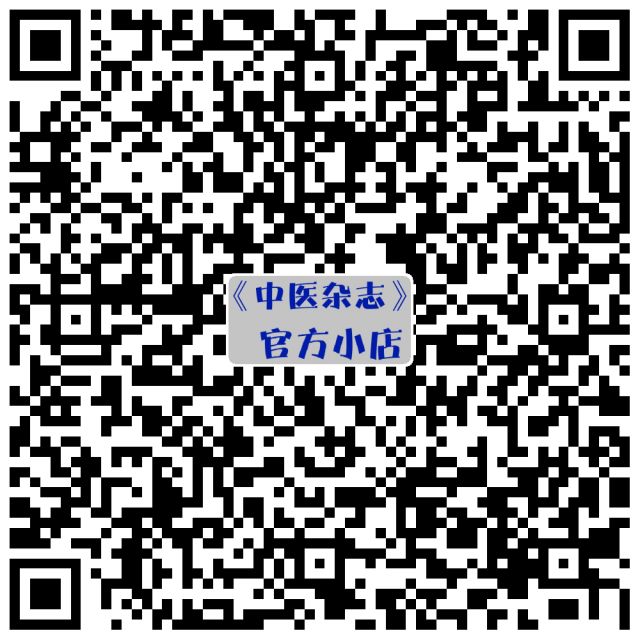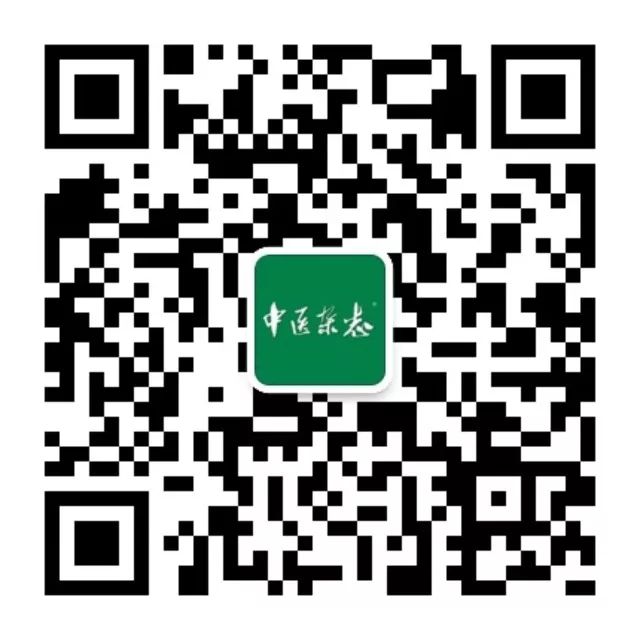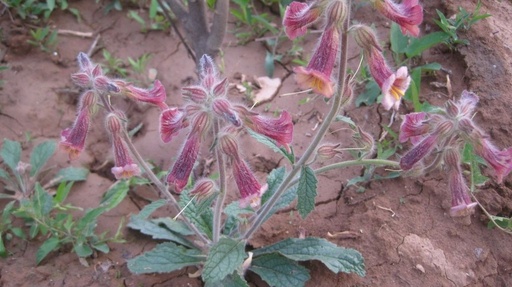Click the blue text above to follow Chinese Medicine Magazine

Shudi Huang (Rehmannia Glutinosa) is a commonly used Chinese medicinal herb, but many practitioners are cautious in its clinical application due to concerns that it may be too cloying, potentially obstructing the stomach and leading to phlegm accumulation or diarrhea. Zhang Jingyue, known for his adept use of Shudi Huang, has earned the nickname “Zhang Shudi.” Let’s explore how he utilizes this herb.
Based on the principle of warming and tonifying, seeking yang within yin
Focusing on yang qi, treatment should emphasize warming and tonifying
Zhang Jingyue places great importance on the balance of yin and yang in diagnosing and treating diseases, stating that yin and yang are the guiding principles of medicine. Any diagnosis and treatment must first assess the state of yin and yang.
He points out that Yuan Yin (元阴) and Yuan Yang (元阳) are fundamental to human life and the mechanisms of transformation, emphasizing that yang precedes yin, and that yang acts upon yin. He stresses the critical role of yang qi.
He asserts that yang is the foundation of life; thus, anyone seeking to maintain health must first protect yang qi, and treatment of diseases should primarily focus on warming and tonifying, with an emphasis on nourishing Yuan Yang.
Yin and yang are interdependent and should not be biased
Zhang Jingyue believes that yin and yang originally constitute a single qi; they are like water and fire, sharing the same root and source, and should not be biased. He argues that the most important principle of the changes between heaven and earth is balance, which allows qi to harmonize and benefits the growth of all things. This is the principle of change in the world. He emphasizes that the two energies of yin and yang possess wholeness, are inseparable, and mutually support each other; without yin, yang cannot thrive, and without yang, yin cannot flourish.
Using Shudi Huang to seek yang within yin
Based on the interdependence of yin and yang, Zhang Jingyue proposes the fundamental method of tonifying yang, which is to seek yang within yin. The yang qi of a person relies on the nourishment of true yin; both share the same root and source, and should not be biased. It is essential to avoid the decline of either yin or yang, and to harmonize them, either by assisting yang with yin or nourishing yin while supporting yang, i.e., “nourishing the source of fire to dispel yin turbidity,” or nourishing yin while containing yang, i.e., “strengthening the master of water to control yang brightness.”
Zhang Jingyue describes Shudi Huang as having a “sweet and slightly bitter taste, thick flavor and light essence, heavy and yet containing yang within yin.” Shudi Huang is produced in the fertile lands of Zhongzhou, and after processing, its medicinal properties become balanced, embodying the virtues of true yin, and is excellent for nourishing the true yin of the five organs, making it a superior choice for seeking yang within yin. Its “sweetness” corresponds to the yang of the weather, as yang qi has an ascending and floating nature, while the sweet flavor has the ability to tonify, harmonize, and moderate, thus it can tonify the center. Its “bitterness” corresponds to the yin of the earth, which is heavy and descends, and the bitter flavor is associated with purging, thus it can also drain excess.
Rationale for the heavy use of Shudi Huang
Zhang Jingyue believes that Shudi Huang derives its qi from the earth, and its nature is overly cold and cool, while the spleen, which belongs to the earth, prefers warmth. Therefore, it is more suitable for those with insufficient spleen yang and coldness in the spleen and stomach. Many diseases arise from a deficiency of true yin.
Deficiency of true yin can manifest as fever, headache, intense thirst, throat obstruction, phlegm cough, shortness of breath, or vomiting due to cold reversal in the spleen and kidneys, or vomiting blood and nosebleeds due to deficiency fire rising, or water flooding the skin, yin deficiency leading to diarrhea, yang floating causing agitation, or yin collapsing leading to collapse, among other symptoms. Shudi Huang is particularly adept at nourishing the true yin of the five organs and treating symptoms of true yin deficiency, and it is believed that nothing but Shudi Huang can achieve the desired effect.
Deficiency of essence and blood can also be supplemented with Shudi Huang, as it is believed that “for all treatments of yin and blood deficiency, only Shudi Huang will suffice.” Shudi Huang has a thick flavor, and its sweetness combines well, entering the liver channel while possessing the nature of spleen earth. The liver governs blood storage, and the spleen governs blood regulation, thus it has a significant ability to tonify essence and blood, being “the first-class pure and thick medicine for nourishing essence and blood,” and can be used to treat symptoms of essence and blood deficiency, such as spleen not regulating blood, nutrient deficiency leading to blood loss, or liver and spleen deficiency.
Characteristics of Shudi Huang’s combinations
Combination with Ren Shen (Ginseng)
The combination of Shudi Huang with Ren Shen is one of Zhang Jingyue’s most commonly used methods for tonifying both qi and blood. He believes that qi and blood are fundamental to a person; Ren Shen and Shudi Huang are essential herbs for tonifying qi and blood. Ren Shen has the ability to strengthen and promote, primarily tonifying qi; Shudi Huang embodies the virtue of tranquility and smoothness, primarily tonifying blood.
For those with insufficient essence and qi deficiency, the combination of Ren Shen and Shudi Huang is particularly suitable. The essence and qi of the two are like the mutual generation of yin and yang; essence can transform into qi, and qi generates essence and blood. Many formulas used by Zhang Jingyue are based on this principle. He states: “If the deficiency is in the yang aspect and qi cannot transform into essence,” and “if the deficiency is in the yin aspect and essence cannot transform into qi,” then use Ren Shen and Shudi Huang for supplementation. “For any channel with deficient yang qi, Ren Shen is indispensable; for any channel with deficient yin blood, Shudi Huang is indispensable.”
Combination with Fu Zi (Aconite)
Fu Zi is spicy and hot, representing the yang among yangs, and plays an irreplaceable role in enhancing the efficacy of Shudi Huang. Zhang Jingyue’s formulas such as Zhen Yin Decoction and Jiu Qi Dan utilize this combination. For example, Zhen Yin Decoction “treats yin deficiency below and restrains yang above, leading to the loss of true yang, with blood overflowing, resulting in severe vomiting, severe nosebleeds, thin pulse, cold hands and feet, and imminent danger with blood unable to stop.”
Fu Zi is adept at moving through the channels, and it moves without being retained, which can draw fire back to the source and guide blood tonifying herbs back to the blood aspect, allowing Shudi Huang to fully nourish true yin, while its hot nature can also restore yang, with both working in harmony.
Combination with Ban Xia (Pinellia)
Ban Xia has a strong spicy and slightly bitter taste, is warm in nature, and can both ascend and descend, representing yin among yang. Among the formulas combining Shudi Huang and Ban Xia, Jin Shui Liu Jun Decoction is a representative. This formula “treats lung and kidney deficiency with cold, water flooding as phlegm, or elderly patients with yin deficiency, insufficient blood and qi, or external invasion of wind-cold, cough with vomiting, excessive phlegm, and shortness of breath.”
This aligns with the statement in the “Complete Works of Jingyue: Correcting Materia Medica” that “if yin is deficient and water evil is rampant, what else can control it but Shudi Huang?” The kidney governs water, and water is the most yin; its essence resides in the kidney. Water transforms into qi, thus its manifestation is in the lung. With lung and kidney deficiency and cold, water cannot be controlled, leading to stagnation. Zhang Jingyue’s Jin Shui Liu Jun Decoction is based on the principle that water gives rise to all things, and yang is rooted in yin, using Shudi Huang and Dang Gui (Angelica) to nourish the essence and blood in the kidney, allowing essence and blood to be sufficient and qi to transform to stabilize, combining with Ban Xia and Chen Pi (Tangerine Peel) to dry and eliminate water dampness, thus stopping phlegm and cough, with both working together to establish the mutual generation of water and metal.
Combination with Dang Gui (Angelica)
The combination of Dang Gui and Shudi Huang is frequently used in Zhang Jingyue’s “New Eight Formulas,” such as Da Bu Yuan Decoction, Wu Fu Drink, Da Ying Decoction, Zhen Yuan Drink, and Li Yin Decoction, all primarily based on these two herbs. For example, the warm and moistening Zhen Yin Decoction is most suitable for those with deficiency in the spleen and kidney, and can treat symptoms caused by true yin weakness, and can also be used for “women with delayed menstruation and blood stasis.”
Both Shudi Huang and Dang Gui can tonify blood, and their combined use enhances the blood tonifying effect. Moreover, Dang Gui is known as “the qi herb in blood,” which can both tonify blood and promote blood circulation, and can also prevent the cloying nature of Shudi Huang. The combination can also be used for symptoms of true cold and false heat, ensuring that yin energy is sufficient, allowing sweat to emerge from the yin aspect, thus true cold can disperse without attack.
Refuting the cloying nature of Shudi Huang
Throughout clinical applications over the ages, many practitioners have been wary of the cloying nature of Shudi Huang, thus using it cautiously in practice. Zhang Jingyue, however, disagrees and cites examples such as the Cui family’s Kidney Qi Pill for treating phlegm flooding and Zhang Zhongjing’s Eight Flavor Pill for treating kidney leakage to dispel common misconceptions.
In treating phlegm and fluid diseases, Zhang Jingyue states: “To treat phlegm, seek its root; phlegm is never without clarity,” believing that “dampness moves to become phlegm,” and that phlegm and fluid often arise from the weakness of the spleen and kidneys, leading to stagnation of water and fluid. Therefore, treatment should nourish the kidneys and transform phlegm to address the root cause, using Shudi Huang to seek yang within yin; with sufficient kidney yin, true yang will be adequate, and with sufficient true yang, phlegm will naturally transform.
For those who are rigidly attached to the idea that Shudi Huang’s cloying nature generates dampness, and that it must be combined with light and draining herbs, Zhang Jingyue believes that “warming and tonifying is precisely what transforms qi, and the subtlety of using it is to fill in the gaps,” meaning that Shudi Huang’s ability to nourish yin while warming yang can also transform qi, allowing dampness to naturally benefit.

Click the link below to read the original text
Ding Zihui, Li Jiaxin, Li Ping. A Glimpse into Zhang Jingyue’s Unique Application of Shudi Huang. Chinese Medicine Magazine, 2018, 59(3):259-261.
Previous Content Review
Press on the Jian Jian point to treat primary frozen shoulder
The three levels of returning fire to the source and representative formulas
The theory of kidney Xuanfu and clinical application
How much do you know about the “carrier of medicine” of Platycodon?
What diseases can be treated from the perspective of “the spleen governs muscles”?
Long press to recognize the official store of Chinese Medicine Magazine QR code to subscribe to the magazine, buy CDs, and it’s very convenient with just a finger movement


Chinese Medicine Magazine WeChat Official Account: zyzzgzh

